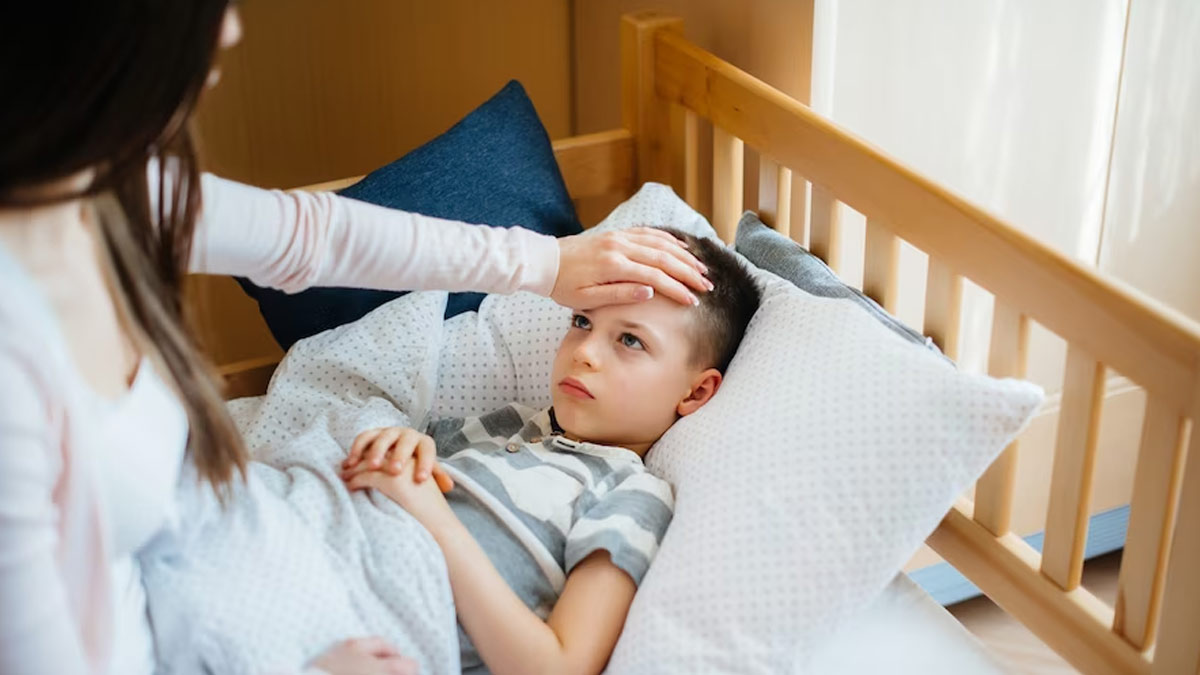
Human exposure to lead remains a concern to doctors and public health officials all across the world. For over 35 years the World Health Organisation and the International Programme on Chemical Safety have been concerned about the adverse effects on health of lead in the environment. In this article we will know about some serious repercussions of childhood lead poisoning, its symptoms, risk and prevention techniques.
Table of Content:-
Symptoms Of Childhood Lead Poisoning
“While the symptoms of childhood lead poisoning may initially escape immediate notice, its damaging effects can manifest in diverse ways. Ranging from developmental delays and learning difficulties to behavioural issues and diminished IQ, the repercussions of lead exposure can extend far beyond initial observations. Identifying these symptoms early is supreme for timely intervention and support for affected children,” said Dr Suhail Ambi, Consultant- Pediatrics, HCG Suchirayu Hospital, Hubballi.

Risk Factors Of Lead Poisoning
“More than 275 million Indian children living today have blood lead levels that are higher than deemed safe by the World Health Organisation. Lead is a potent toxin that can severely affect mental and physical functioning of children and adults and can lead to lifelong symptoms and effects, including developmental delays, reduced intelligence quotients, behavioural changes, irritability, and seizures,” said Yatin Pimplé, Public Health Physician And Technical Advisor, Vital Strategies.
“The threat of childhood lead poisoning is prevalent in environments with lead presence, notably in older homes with lead-based paint or contaminated soil. Also, children living in low-income communities or those exposed to lead through hobbies or cultural practices are at higher risk. Recognising these risk factors is important for targeting prevention efforts effectively, with lead exposure tests standing as a pivotal measure to safeguard our children's health,” Dr Ambi explained.

Also read: Woman Lands In Hospital For Lead Poisoning Due To Ayurvedic Medicine: What We Know
How We Can Prevent Childhood Lead Poisoning
Mr. Pimplé further stated, “fortunately, there are several ways to protect people from lead exposure: by identifying its sources, improving doctors’ ability to recognise lead poisoning symptoms, and communicating to adults how they can protect their families from common lead sources. For most households, keeping the home clean and dust free, regularly wet mopping and washing children's hands and toys can help prevent lead exposure. In addition, maintaining good nutrition, with a diet rich in calcium, iron, and vitamin C, is a simple yet effective measure to prevent lead absorption. But preventing lead exposure also requires keeping lead out of food, paint, industry, cookware and consumer products.
As per Dr Ambi, the primary treatment for childhood lead poisoning involves removing the source of lead exposure and implementing measures to reduce lead levels in the body, in such cases every Healthcare professional must tailor treatment plans according to each child's situation and severity of lead poisoning.
“In rare cases, children who are habituated to eating pencil nibs are sometimes found to have acute symptoms which need immediate attention, immediate consultation with the paediatrician is needed,” Dr Ambi added.
Also read: Lead Poisoning in Children: Know its Effects, Prevention & Treatment
The hidden dangers like childhood lead poisoning lurk in the most unexpected places, threatening the health and wellbeing of our little ones. It is important to understand its symptoms and prevention methods.
Also watch this video
How we keep this article up to date:
We work with experts and keep a close eye on the latest in health and wellness. Whenever there is a new research or helpful information, we update our articles with accurate and useful advice.
Current Version